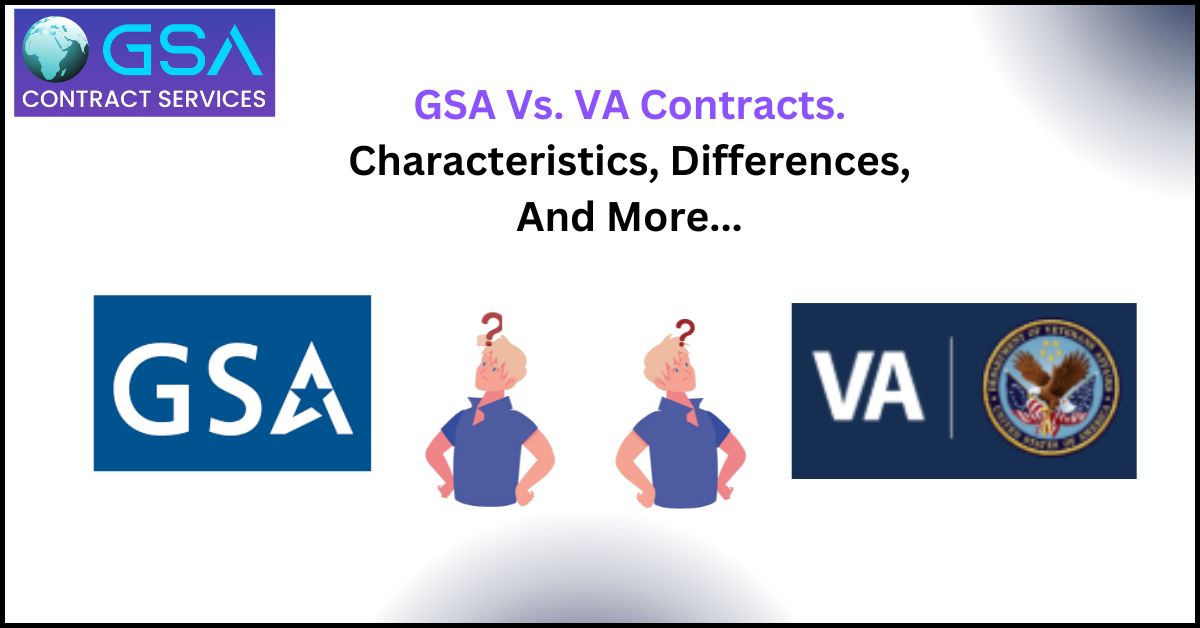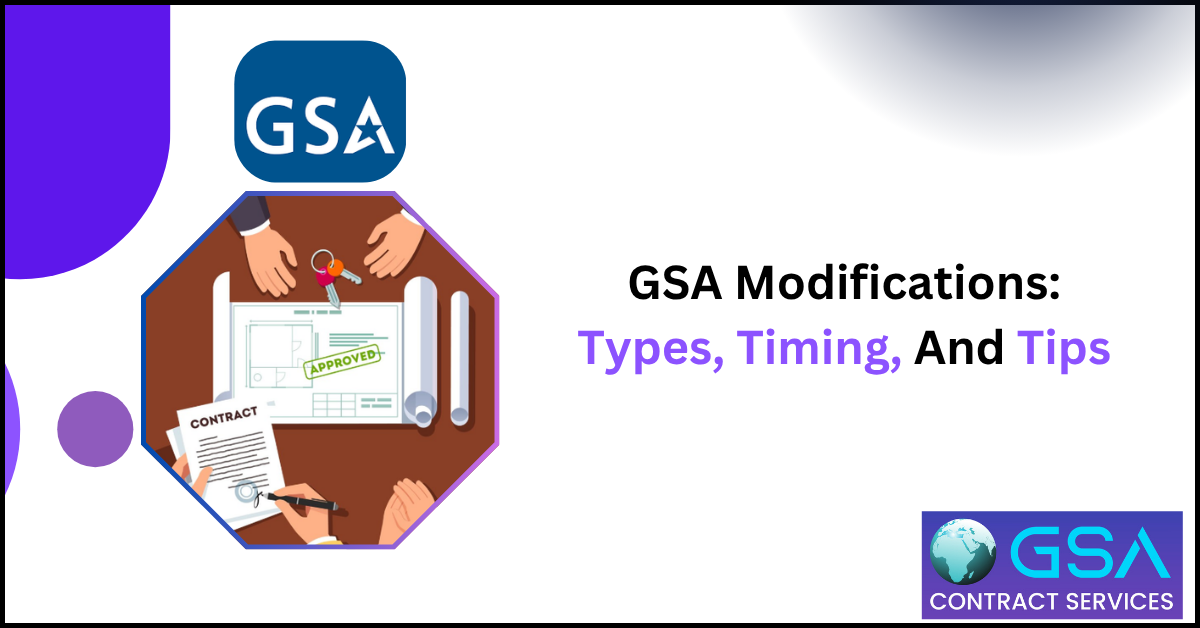Successfully navigating the federal marketplace requires mastery of two critical platforms: the General Services Administration’s GSA Advantage! and the Department of Defense’s FedMall. These portals serve as primary gateways for federal buyers, but managing product listings across both presents unique complexities.
This article examines the specific requirements, common challenges, and proven strategies for maximizing your presence on these crucial platforms.
Understanding The Platforms: GSA Advantage! and FedMall
GSA Advantage! functions as the online shopping and ordering system for GSA Schedule contracts. It allows federal, state, and local government agencies to purchase millions of commercial products and services directly from GSA Schedule holders. Products listed here stem from a vendor’s awarded GSA Schedule contract.
The platform emphasizes detailed product information, competitive pricing (TAA compliance), and ease of search for buyers across diverse agencies.
FedMall, operated by the Defense Logistics Agency (DLA), specifically targets the procurement needs of the Department of Defense (DoD) and authorized federal agencies. It consolidates products from multiple contract vehicles, including GSA Schedules, DLA’s Tailored Logistics Support (TLS) contracts, and others.
FedMall places a strong emphasis on military-specific requirements, including Unit of Issue (UI), National Stock Numbers (NSNs) where applicable, and detailed logistical data essential for DoD supply chains. Its primary audience is military buyers seeking efficiency and standardization.
Key Differences That Drive Management Complexity
Effectively managing listings on both platforms requires understanding their fundamental differences:
Data Requirements & Structure:
GSA Advantage!: Relies heavily on data from your GSA Schedule submission in the GSA’s System for Award Management (SAM) and the Mass Modification system.
Key data points include SIN categorization, manufacturer part numbers, detailed descriptions, commercial list prices, GSA negotiated prices, TAA compliance attestation, and environmental attributes.
FedMall: Demands extensive DoD-specific logistical data beyond standard GSA info. This includes Unit of Issue (UI – e.g., “Each,” “Box of 12”), Unit Price, detailed packaging and shipping dimensions/weight, Harmonized Tariff Schedule (HTS) codes, and critical supply chain identifiers like Commercial and Government Entity (CAGE) codes.
Integration often requires mapping products to existing NSNs or submitting for new NSN assignments.
Pricing and Availability:
GSA Advantage!: Prices are contractually bound by your GSA Schedule. Real-time inventory integration is possible but not universally implemented. Price changes require a formal GSA modification.
FedMall: Prices displayed are typically the GSA Schedule price, but availability is paramount. FedMall requires real-time or near-real-time inventory synchronization. Buyers expect accurate, immediate stock levels, and failure to fulfill orders due to inaccurate availability data can have severe contractual repercussions. Price changes must still flow through the GSA modification process first.
Compliance and Regulations:
GSA Advantage!: Strict adherence to the Trade Agreements Act (TAA) is mandatory. Products must be manufactured or “substantially transformed” in designated countries. FAR clauses govern the contract.
FedMall: Inherits GSA TAA requirements but adds layers of DoD-specific regulations like DFARS cybersecurity clauses (especially for IT products), military packaging standards, and specific marking/labeling requirements. Understanding both sets of regulations is non-negotiable.
Catalog Management Processes:
GSA Advantage!: Updates (new items, price changes, discontinuations) typically require submitting a formal modification request through the GSA’s Electronic Modifications (eMod) system, followed by approval before appearing online. This process can take weeks.
FedMall: While FedMall pulls base contract data from GSA, managing the DoD-specific attributes (UI, dimensions, availability) often involves direct interaction within the FedMall portal or vendor-specific interfaces provided by FedMall integration partners. Real-time availability updates are managed through Electronic Data Interchange (EDI) or API integrations.
Core Challenges In Cross-Platform Management
Vendors consistently face these hurdles:
Data Silos and Duplication: Maintaining two separate, complex datasets (GSA requirements + FedMall requirements) for the same products leads to errors, inconsistencies, and redundant effort.
Update Latency and Synchronization: The time lag in GSA modification approvals creates a window where FedMall data (especially price) might be temporarily inaccurate if not carefully managed. Synchronizing real-time inventory feeds to FedMall while ensuring the GSA catalog reflects approved data is technically demanding.
Complex Compliance Overlap: Ensuring every product meets both GSA (TAA) and DoD (DFARS, packaging) requirements simultaneously requires rigorous vetting and documentation processes.
Resource Intensity: Manual data entry, modification management, compliance checks, and inventory syncing consume significant staff time and are prone to human error.
Lack of Real-Time GSA Updates: The inherent delay in the GSA modification process is a systemic challenge for maintaining instant parity across platforms, particularly for new product launches or price changes.
Integration Complexity: Setting up and maintaining reliable EDI or API connections between internal ERP/PIM systems, GSA, and FedMall requires technical expertise and ongoing maintenance.
Best Practices for Effective Management
Overcoming these challenges requires a strategic approach:
Centralize Your Product Data: Implement a robust Product Information Management (PIM) system as the single source of truth. Store all attributes required for both GSA and FedMall within the PIM. This eliminates silos and ensures consistency.
Master Data Governance: Establish strict protocols for data entry, validation, and updates. Define clear ownership for GSA data, FedMall data, inventory data, and compliance flags within your organization.
Structured GSA Mod Workflow: Develop an efficient internal process for preparing, submitting, and tracking GSA modifications. Proactively plan modifications for new products or price changes well in advance of market needs. Diligently track approval statuses.
Prioritize FedMall Availability Synchronization: Invest in reliable EDI or API integration between your inventory management/ERP system and FedMall. Treat real-time or near-real-time availability updates as mission-critical for FedMall success. Implement automated alerts for low stock or fulfillment issues.
Proactive Compliance Management: Integrate compliance checks (TAA, DFARS) directly into your product onboarding process before submission to either platform. Maintain meticulous documentation for every product. Regularly audit listings for compliance drift.
Leverage FedMall Mapping Tools: Utilize FedMall’s vendor portal tools for managing DoD-specific attributes (UI, dimensions, etc.). Ensure accurate mapping of your manufacturer part numbers to existing NSNs where possible.
Cross-Platform Data Validation: Schedule regular audits comparing product data (descriptions, prices, images, key attributes) between your PIM, GSA Advantage!, and FedMall. Identify and rectify discrepancies promptly.
Understand the Buyer Journey: Tailor product descriptions and keywords on both platforms. GSA buyers might search by SIN or general commercial terms, while FedMall buyers often search by NSN, specific military nomenclature, or UI. Optimize listings accordingly.
Document Processes Thoroughly: Create and maintain detailed Standard Operating Procedures (SOPs) for every aspect of catalog management, modification submission, FedMall updates, and compliance checks. This ensures continuity and reduces training time.
Tools And Technologies To Streamline Operations
Leveraging technology is essential for scaling cross-platform management:
Product Information Management (PIM) Systems: Centralize and enrich product data, manage digital assets, and enforce governance. Essential for handling complex attribute sets for GSA and FedMall. (e.g., Akeneo, inRiver, Pimcore).
Government Contract Management Software: Specialized platforms help manage GSA Schedule compliance, track modifications, monitor pricing, and sometimes facilitate data export for catalog uploads. (e.g., GSA Contract Services’ service platform).
EDI/API Integration Platforms: Middleware solutions simplify connecting your ERP/PIM to FedMall’s systems for automated availability updates and potentially order ingestion. (e.g., Commerce Network).
Inventory Management/ERP Systems: The backbone for real-time stock levels. Robust integration between ERP and FedMall is non-negotiable. Ensure your ERP can handle the specific data fields FedMall requires.
Compliance Management Software: Tools that help track country of origin, manage TAA certifications, and monitor DFARS requirements can reduce risk. Some PIM or contract management tools incorporate this functionality.
Automated Monitoring and Alerting: Implement tools to monitor website listings (GSA/FedMall) for changes, errors, or stock-outs and trigger alerts for immediate action. (e.g., MyGovernmentBids)
The Critical Role Of People And Process
Technology alone isn’t sufficient. Success hinges on:
Dedicated Resources: Assign clear ownership for GSA Schedule management and FedMall operations. This may involve contract administrators, IT/integration specialists, product data managers, and fulfillment/logistics personnel.
Cross-Functional Collaboration: Foster strong communication between sales, contracts, product management, IT, and logistics teams. Decisions impacting one platform often affect the other.
Continuous Training: Keep teams updated on GSA and FedMall rule changes, process updates, and new technology features. Regular training mitigates compliance risks.
Performance Metrics (KPIs): Track key metrics like modification approval times, data accuracy rates (audit results), FedMall order fulfillment rates, inventory sync success rates, and sales performance by platform. Use data to drive improvements.
Conclusion: Integration Is The Key To Federal Sales Success
Managing product listings across GSA Advantage! and FedMall is inherently complex but absolutely essential for government contractors targeting broad federal sales. The friction arises from differing data requirements, compliance layers, and update cycles. Treating these platforms as separate entities leads to inefficiency, errors, and missed opportunities.
The winning strategy involves centralized data governance, strategic technology investment, and well-defined cross-functional processes. By implementing a robust PIM as the core, automating FedMall inventory synchronization, mastering the GSA modification workflow, and rigorously enforcing compliance, contractors can transform this complexity into a competitive advantage.




